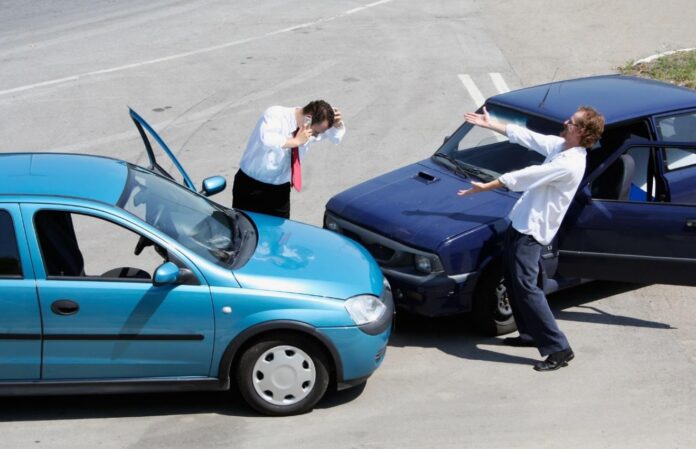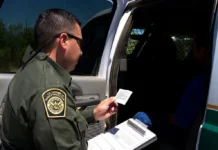In the United States about 31,785 individuals lost their lives in traffic accidents in the first nine months of 2022. Car accidents can be traumatic and devastating. They leave a lasting impact on your life.
Determining fault in a car accident can have a significant impact on the outcome of the case. It decides who will be responsible for covering damages and injuries.
In this blog article, we will explore the different methods used to decide fault in a car accident. We’ll look at the advantages and limitations of each approach. Understanding the process can help you prepare for what lies ahead.
How Fault is Determined
In the aftermath of a car accident, determining who was at fault is a crucial step in the claims process. There are many avenues that you can take to decide who is at fault. One avenue may be to hire an attorney. To find the best accident attorney, visit this website.
Drivers Decide
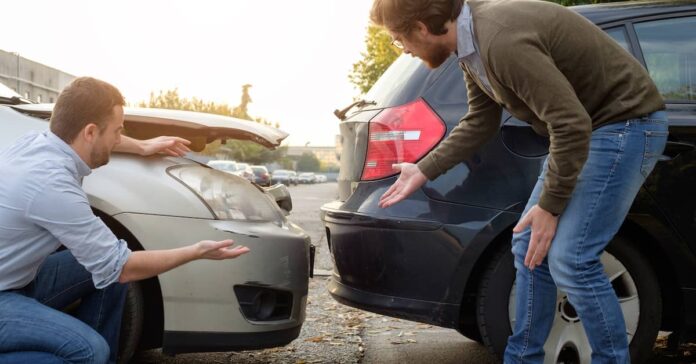
Drivers involved in a car accident may determine fault through the “drivers decide” method. This approach can be quicker, less expensive, and more amicable.
However, it may lead to an unfair decision due to power imbalances. They may not align with legal or insurance determinations.
In cases of serious injuries or significant damage, involving insurance or legal professionals may be necessary. This ensures adequate compensation for all parties.
Police Report
When a car accident occurs, one of the first things you should do is call the police. Police play a crucial role in accident investigations, including determining who is at fault. Here are some key points to understand about police reports and their role in determining fault.
What is a Police Report?
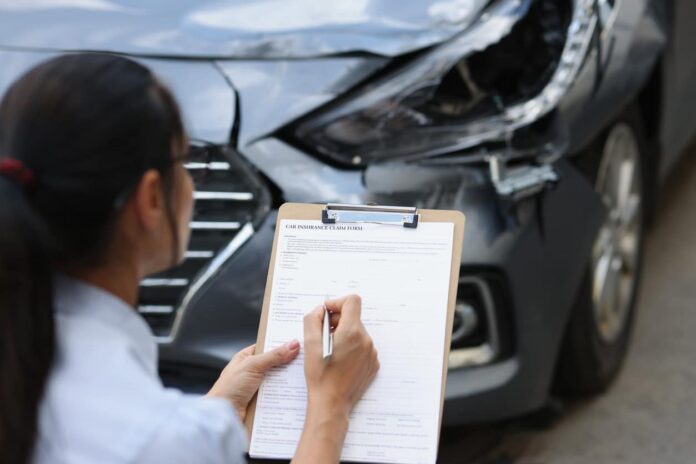
A police report is a document created by law enforcement officers who respond to an accident. It has all the information about the accident. This includes:
- Date
- Time
- Location
- Drivers information and statements
- Witness information and statements
- Citations issued
How do Police Determine Fault?
Besides creating the police report, they may examine the vehicle and the scene of the accident. They look for physical evidence such as:
- Skid marks
- Debris
- Damage to the vehicles
They will review any traffic laws or violations that contributed to the accident.
Advantages of Police Reports
One of the main advantages of a police report is that it provides an objective account of the accident. They are trained to investigate accidents and determine faults. Their reports can carry a lot of weight in legal proceedings. They can be useful in insurance claims, as they provide an official record of the accident.
Limitations of Police Reports
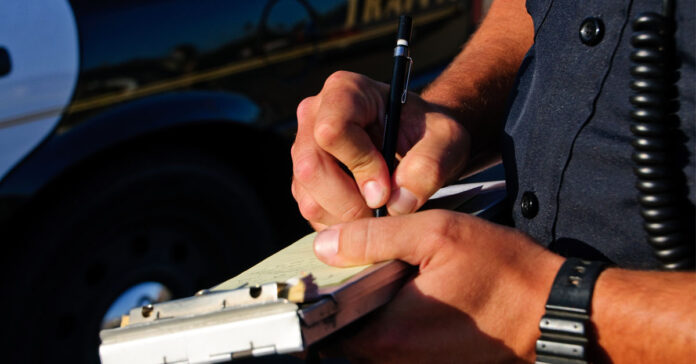
While police reports can be helpful, they are not always complete or accurate. Police officers may not have witnessed the incident themselves. They rely on statements from drivers and witnesses that may be unreliable.
Time constraints and other factors may limit their investigations. It’s important to review the police report and seek added evidence if necessary.
Eyewitness Accounts
This is a valuable source of information in determining fault in a car accident. When there is no physical evidence or reliable video footage, eyewitnesses can provide details about what happened.
Eyewitness testimony is helpful in situations where determining fault is difficult. These include accidents involving many cars or complex road conditions.
There are limitations to the reliability of eyewitness accounts. Stress, shock, and other factors can affect memory.
Witnesses may have different perspectives and interpretations of the same event. Their biases may influence their accounts. The passage of time and fading memories can distort their statements.
Despite these limitations, they are valuable pieces of evidence in determining fault in a car accident. Law enforcement officers and insurance companies interview eyewitnesses for statements in their investigations.
Video Footage
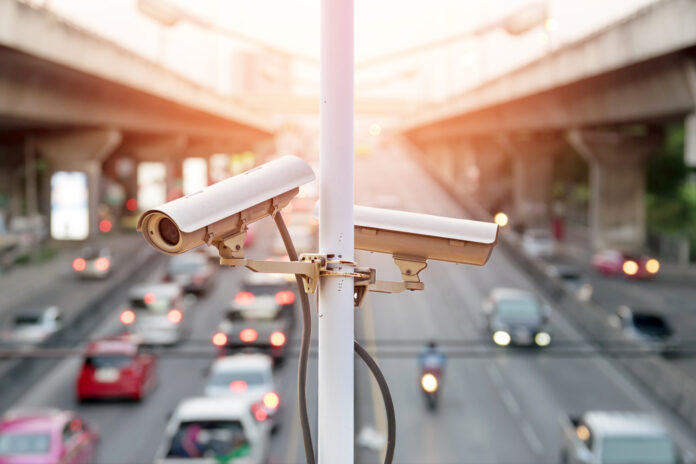
This is becoming a common way to determine fault in car accidents. There are different types of video footage.
Dash cams are cameras mounted on a car’s dashboard or windshield. They can capture footage of an accident providing valuable evidence of the sequence of events. Security cameras and surveillance footage from nearby businesses and homes can provide valuable footage.
Video footage can determine fault in many ways. They can help establish the location and speed of the vehicles involved.
It records the actions of the drivers and the cause of the accident. If a driver runs a red light and causes an accident, the footage provides evidence of this violation.
Limitations

There are limitations to video footage. Not all accidents are captured on camera. Even when footage is available, it may not provide a complete picture of what happened. The quality of the footage, lighting conditions, and camera angle can affect the accuracy and reliability of the evidence.
In addition, there are privacy concerns with the use of video footage in accident investigations. The use of surveillance cameras and dashcams raises questions about the collection and use of personal data.
It may undermine the right to privacy. As a result, the admissibility of video footage as evidence in court may be subject to legal challenges.
Physical Evidence
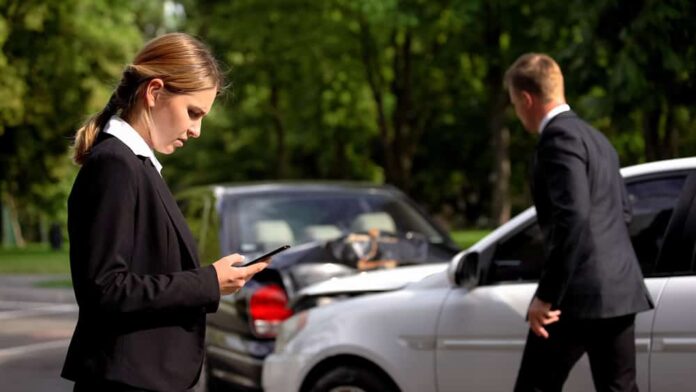
Skid marks, debris, and damage to vehicles can be critical in determining fault in a car accident. Skid marks happen when a vehicle’s tires lock up and slide across the road surface. The length and direction of the skid marks help determine the speed and direction of the vehicles.
Analyzing debris from the accident can determine fault. The position and type of debris can help investigators reconstruct the accident. This helps decide which vehicle was at fault.
Damage to the vehicles can also provide valuable information about the accident. You can determine the point of impact by examining the damage to the vehicles.
The damage can pinpoint which vehicle was at fault. It can establish the speed at which the vehicles were traveling.
Limitations
Skid marks can be misleading if the driver was attempting to avoid the accident. Other vehicles, pedestrians, or weather conditions can move or scatter the debris.
Drivers may repair or alter vehicle damage before the investigation. This makes it more difficult to determine the cause of the accident.
Traffic Laws
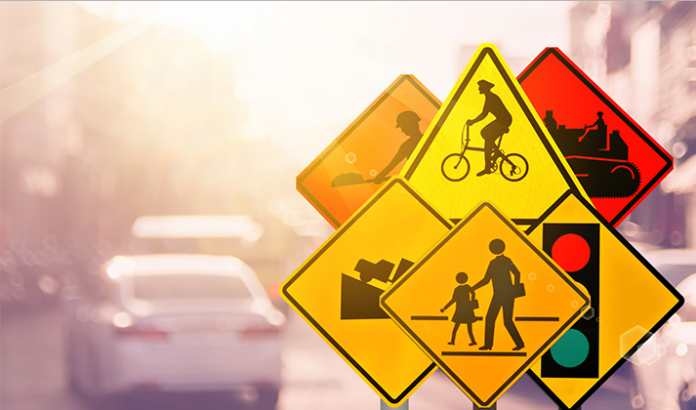
Traffic laws are in place to regulate the behavior of drivers and to promote safety on the roads. These laws can decide fault in a car accident. Understanding traffic laws and violations can be an important aspect of determining who is at fault in an accident.
Government entities created and designed these laws to ensure the safe operation of vehicles on the road. They cover a wide range of topics. These include:
- Speed limits
- Right-of-way rules
- Traffic signs and signals.
Violations of these laws can lead to penalties such as:
- Fines
- License suspension
- Criminal charges
When it comes to determining fault in a car accident, traffic laws can serve as a guideline for determining who was at fault. If a driver runs a red light and causes an accident, that driver is at fault for the accident.
If a driver is following all traffic laws and is hit by a driver who runs a stop sign. The driver who ran the stop sign is at fault.
Traffic Violations
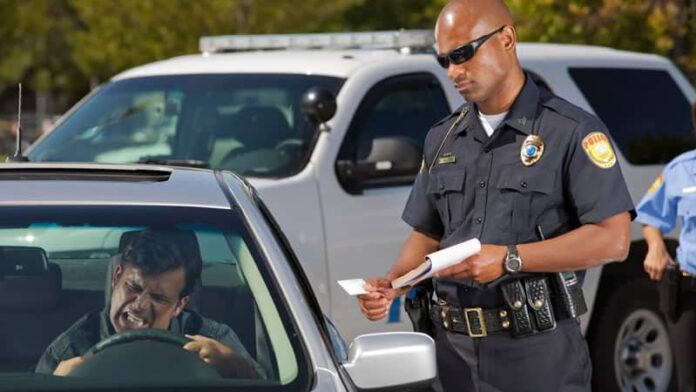
Most people understand the importance of following traffic rules and regulations. Accidents caused by traffic violations are still a common occurrence. Understanding these violations and their potential impact on fault in an accident is crucial. They include:
- Speeding
- Reckless driving
- Driving under the influence,
- Failing to yield the right of way, and more
Limitations
While traffic laws and violations are helpful tools in determining fault, there are some limitations. It may not be clear who had the right of way, or who was at fault when both drivers were obeying traffic laws.
Traffic laws and regulations vary by state. What is a violation in one state may not be a violation in another state.
Insurance Company Investigation
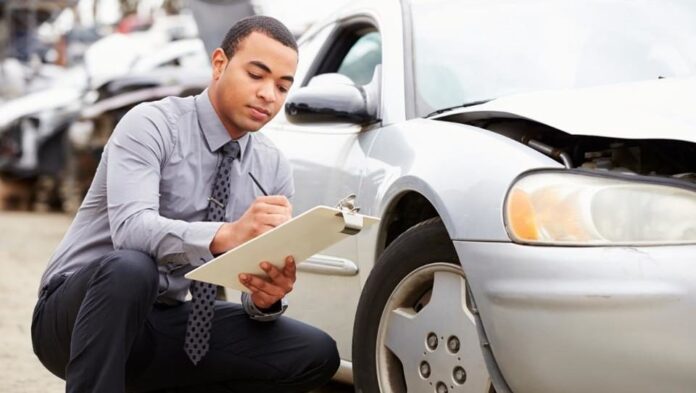
Insurance companies play a crucial role in car accident investigations. When an accident occurs, the parties involved contact their insurance companies to file claims for damages. These companies conduct their own investigations to determine fault and the extent of damages they need to pay out.
Insurance companies use different methods to investigate car accidents. In some cases, they hire private investigators to gather added evidence.
One advantage of insurance company investigations is that they happen with speed and efficiency. They have a vested interest in determining fault and settling claims as soon as possible.
Limitations
Insurance companies may have biases in favor of their clients. This may cause them to not consider some evidence when making their determinations of fault. Their focus may be on minimizing their own liability and may not focus on the needs of accident victims.
Despite these limitations, insurance company investigations can provide valuable information about faults in car accidents. To protect their rights and navigate the claims process, accident victims should understand how insurance companies investigate accidents.
Private Investigation
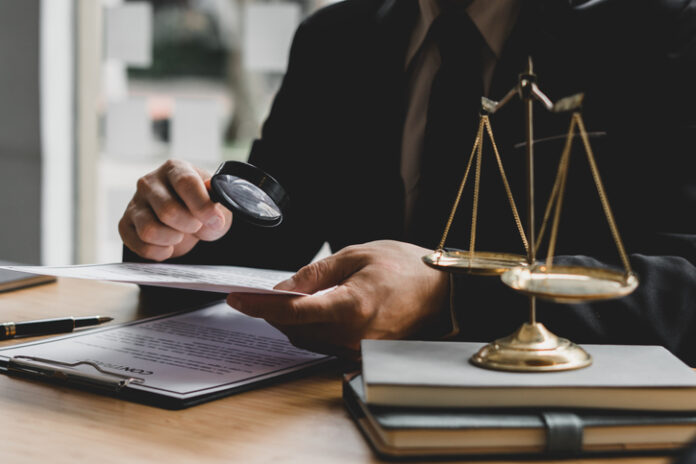
This optional method can help to determine fault in a car accident. They can investigate the details of the accident to determine who was at fault.
A private investigation may be necessary if the evidence is unclear. It can be helpful when the police report and eyewitness account conflict.
Private investigators will conduct interviews with witnesses. They examine physical evidence and analyze any available video footage to build a comprehensive picture of the accident. They may use accident reconstruction techniques to help determine fault.
One advantage of a private investigation is that it can provide an unbiased perspective on the accident. Unlike police reports or insurance company investigations, private investigators are not beholden to any specific organization or outcome. This will help ensure that the investigation is thorough and fair.
Limitations
There are also limitations to private investigations. Private investigators may be expensive, and their findings may not always be admissible in court. There is no guarantee that a private investigation will definitively determine fault. The evidence may still be inconclusive or conflicting.
Arbitration
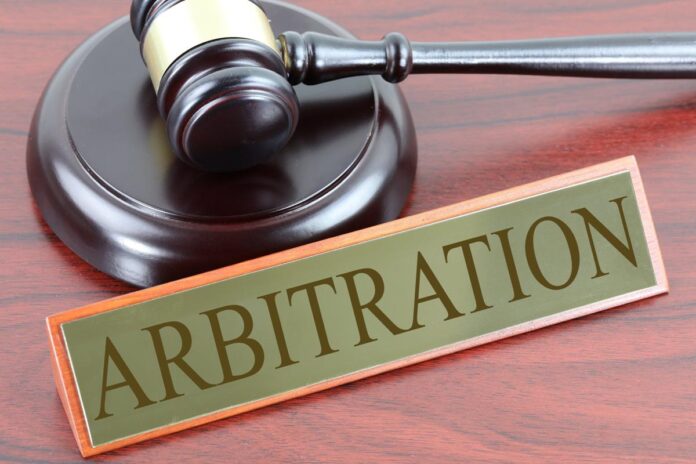
Arbitration is a method of resolving disputes outside of court. A neutral third party makes the decision. After a car accident, arbitration can help to determine fault when the parties involved cannot come to an agreement.
During the arbitration process, both parties present evidence and arguments to an arbitrator. They then make a decision on fault. This decision is binding, meaning both parties must abide by it.
The advantages of arbitration include a quicker resolution than going through the court system. It is cheaper than other options. Because the arbitrator is a neutral third party, the decision may be more fair and unbiased.
The limitations of arbitration include the fact that the decision is binding. This means there is no opportunity to appeal.
The decision take into account all the evidence presented. The arbitrator’s own biases and beliefs may come into play.
Jury Decision
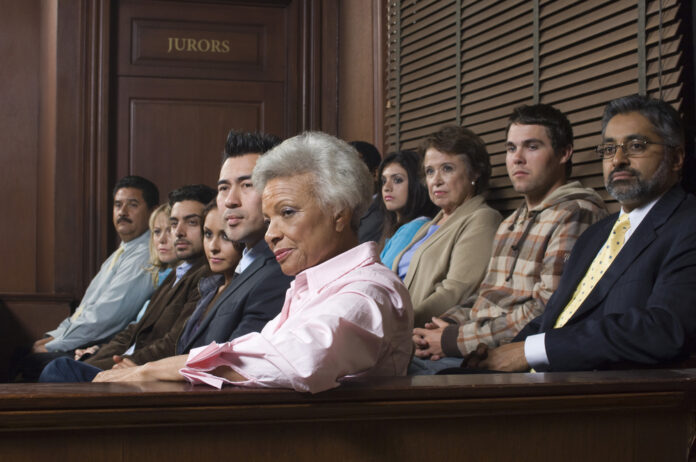
In legal cases, juries are often responsible for determining fault in an accident. The legal process for determining fault involves presenting evidence to a jury. They then evaluate the evidence to make a decision.
Jurors are instructed to use their common sense and life experience to make a decision based on the evidence presented.
Selected from the community, they may not have any legal training or expertise. Their job is to make a fair and impartial decision based on the evidence presented.
One advantage of a jury decision is that it provides a fair and impartial decision made by a group of peers. This will help ensure that justice is served and that the decision is in the best interests of all parties involved.
A jury decision can be unpredictable. The outcome may not always be in line with the evidence presented. The jury’s decision can be influenced by factors such as:
- Personal biases
- Emotions
- External pressures
All of this can impact the outcome of the case.
Understanding Fault in A Car Accident
Determining fault in a car accident can be a complex process. There are many methods to do so. Each method has its advantages and limitations.
It is important to understand the various methods and factors involved in determining fault in a car accident. If you have been in a car accident and need assistance determining fault, contact a qualified attorney.
In New York, determining fault in car accidents involves a “comparative negligence” system, which I find to be a fair and practical approach. This system allows for the distribution of fault among all parties involved, based on the degree of their contribution to the accident. That’s why if you have been in a car accident and need assistance determining fault, contact a qualified NYC car accident lawyer.
Use a personal injury lawyer or someone who specializes in car accident cases. They can provide you with the necessary guidance and representation to protect your rights. Stay informed on this and more by following our blog.

